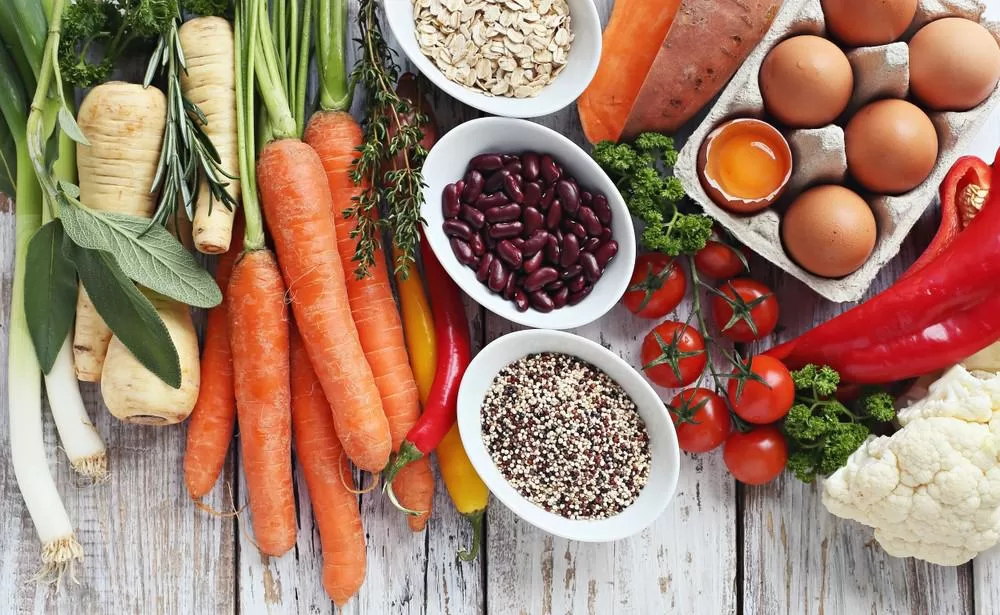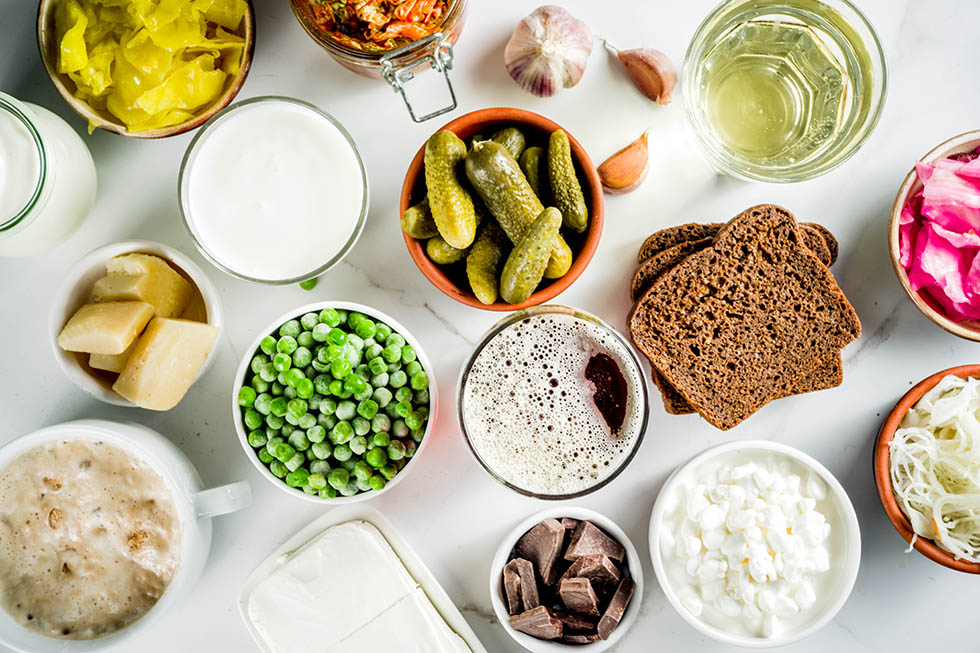Quinoa – A Superfood Grain of the Andes
Quinoa is an ancient grain crop that was first domesticated by the Inca civilization over 5000 years ago in the Andean region of South America. It gained recognition as a crop of great cultural and economic importance among the pre-Columbian Andean civilizations of Peru, Bolivia, Chile, and Ecuador. In recent times, quinoa has gained global popularity due its exceptional nutritional profile and health benefits. Let’s explore more about this superfood grain in detail.
Origin and History
Quinoa is considered a pseudocereal as it is not a true cereal but is prepared and used in the same way as cereals such as wheat, oats, rice etc. There are over 120 varieties of quinoa grown in South America, mainly in the Andean region between Chile and Bolivia. Cultivated varieties were first domesticated by indigenous people in the lake Titicaca region of present-day Peru and Bolivia over 5000 years ago for its edible seeds rich in protein. Archeological findings of charred quinoa seeds date back to around 3100 BC which is evidence of early quinoa cultivation by pre-Inca civilizations in the region. The Inca civilization later recognized quinoa as an important food crop and termed it ‘chisaya mama’ which means “Mother of All Grains”. Quinoa formed an integral part of the traditional diets and agricultural economies of the Inca and Tiwanaku peoples before the arrival of Spanish colonists in South America.
Nutritional Profile and Health Benefits
Quinoa is one of the most nutritious grains and considered a complete protein as it contains all nine essential amino acids. One cup of cooked quinoa provides 8 grams of protein compared to wheat which provides only 5 grams. In addition, it contains dietary fiber, iron, magnesium, phosphorus, copper and manganese. Some key nutritional components in quinoa are:
– Protein: Quinoa contains complete plant-based protein and all essential amino acids in a balanced ratio. It is an excellent source of protein, especially for vegetarians and vegans.
– Fiber: With 5 grams of fiber per cooked cup, quinoa helps reduce bad cholesterol and control blood sugar levels.
– Magnesium: Rich in magnesium that helps manage stress and blood pressure levels and also supports bone health.
– Phosphorus: Phosphorus is essential for energy metabolism and cellular repair and growth. Quinoa is packed with this mineral.
– Iron: A good source of iron which carries oxygen throughout the body and is important for overall wellbeing.
– Copper: Copper maintains bone stiffness and elastin in arteries and acts as an antioxidant.
– Manganese: Manganese helps produce energy from proteins and carbohydrates and supports thyroid function.
– Unsaturated fats: Contain both soluble and insoluble fiber that aids digestion and heart health. Quinoa has a low glycemic index that makes it ideal for diabetics and those watching their blood sugar levels.
The impressive nutritional profile of quinoa makes it an excellent choice to support overall health, energy levels, digestive health, heart health, bone health and blood sugar regulation. It is gluten-free, allergy-friendly and packed with antioxidants beneficial for health in many ways.
Growing Global Popularity
With increasing awareness about its nutritional value, quinoa has grown tremendous popularity globally as a superfood in recent years. According to the Food and Agriculture Organization, world production of quinoa has grown significantly with the largest harvest in 2013 of around 219,000 tons. Major quinoa producing countries include Peru, Bolivia, the US, Ecuador and China.
While quinoa was predominantly grown and consumed locally in South America for centuries, the West discovered quinoa in the late 20th century. Since then, global demand and diverse uses of quinoa have fueled its rapid growth into a multi-million dollar industry worldwide.
Chefs and food experts promote quinoa as a high-protein, gluten-free grain alternative. The UN declared 2013 as the “International Year of Quinoa” to raise global awareness about its benefits and support its cultivation. Today, quinoa is being grown commercially in over 70 countries worldwide and its popularity has expanded into diverse cuisines and food products as well.
Culinary Uses
While traditionally eaten as a staple side dish in South America, quinoa can be incorporated into various global cuisines in versatile and delicious ways. Here are some popular culinary uses:
– Breakfast: Eaten as porridge or cooked like oatmeal, quinoa makes for a protein-packed breakfast cereal. It can also be used in muesli, granola or breakfast cookies.
– Salads: Quinoa salads are a crowd favorite using quinoa as the base, mixed with vegetables, fruits, nuts, seeds and dressings.
– Soups and stews: Quinoa adds protein and texture to hearty soups and stews. Chili, vegetable or miso soups are enriched with quinoa.
– Side dishes: Similar to rice pilaf or couscous, quinoa is a flavorful side dish mixed with herbs and seasonings.
– Baked goods: Quinoa flour or grains add extra nutrition to baked goods like breads, pancakes, waffles. Even recipes like pizza dough, cookies use quinoa.
– Meat/fish dishes: Quinoa complements main dishes, acting as a bed or stuffing for meats, seafood, poultry enhancing meals.
The versatility of quinoa makes it a valuable ingredient for wholesome, nutritionally balanced global home cooking. With health benefits and delectable culinary uses, it’s no wonder quinoa has risen to superfood status across the world.
*Note:
1.Source: Coherent Market Insights, Public sources, Desk research
2.We have leveraged AI tools to mine information and compile it




